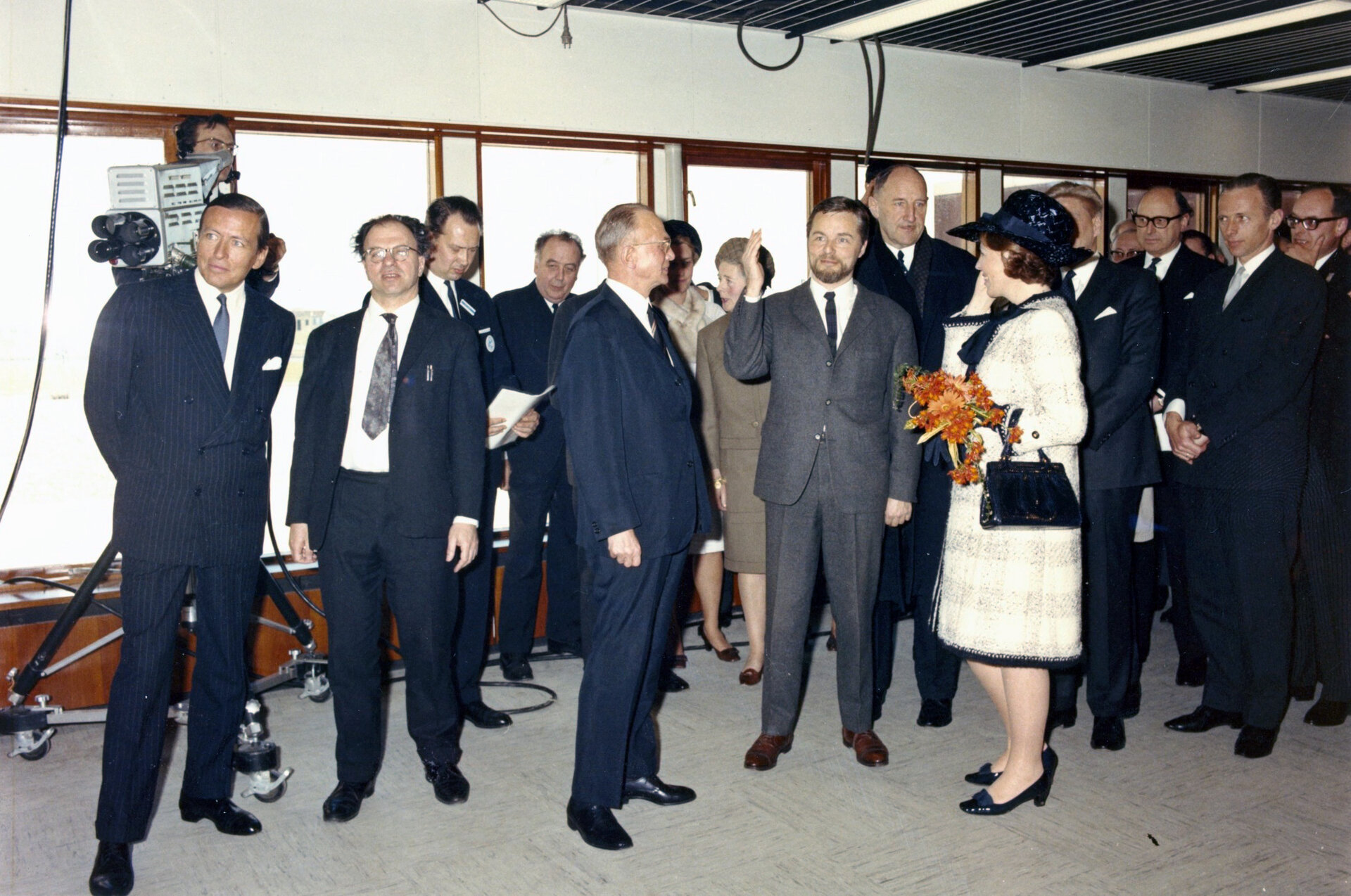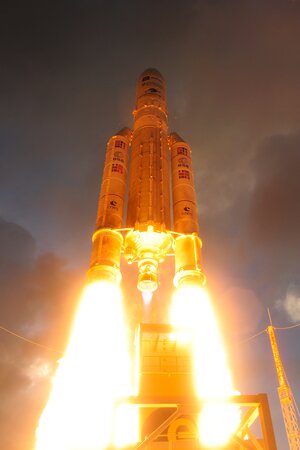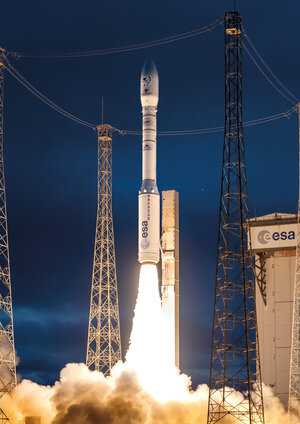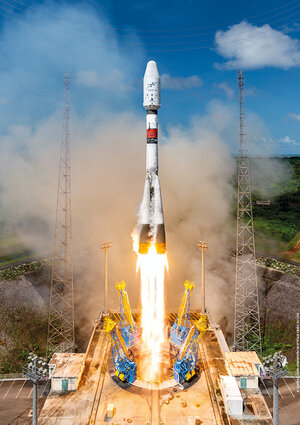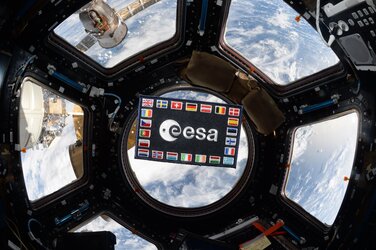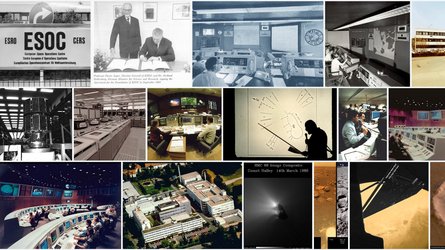Fifty years of ESTEC, the heart of Europe's space research
Fifty years ago, on 3 April 1968, the new European Space Technology and Research Centre, ESTEC, was inaugurated by TRH Princess Beatrix and Prince Claus of the Netherlands.
While the royal couple were being given a tour, the establishment was already hard at work, with the first successful launch of an ESTEC-developed satellite taking place the following month. ESRO-2B, designed to detect high-energy cosmic rays, solar X-rays and protons within Earth’s magnetic field, was the first satellite to pass through ESTEC and to be launched.
In fact, ESTEC’s work in space had begun even earlier. In 1962, the new European Space Research Organisation (ESRO) needed sites on which to build the infrastructure for the coming European space programme. Norwegian nuclear physicist Odd Dahl – an early pioneer of CERN – toured candidate sites across Europe to rank their suitability.
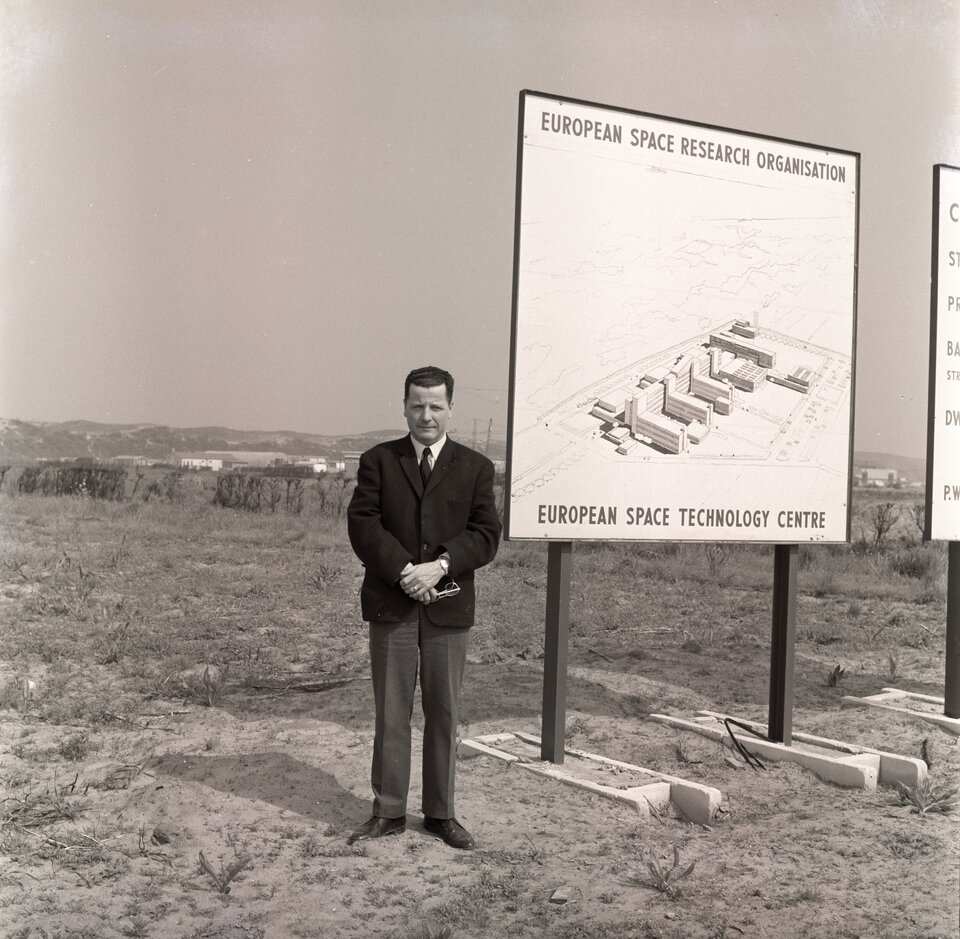
ESRO would need an administrative base, a mission control centre and a data-handling site. In between would be what was initially termed the ‘Payload Engineering Unit’, to integrate instruments into mission payloads and ensure that missions were ready for launch.
Paris, France, gained ESRO headquarters; Darmstadt, Germany, would host mission control (eventually known as ESOC); Frascati, Italy, acquired the data centre, known as ESRIN; while the Netherlands gained the payload unit, soon renamed the European Space Research and Technology Centre, ESTEC.
The first location selected for ESTEC was Delft, near the Technical University that hosted the first ESRO personnel. But both land and labour were in short supply, and the site was waterlogged, offering less than ideal stability. In spring 1964, the Dutch government made a fresh selection to overcome these problems: Noordwijk, about 40 km from Amsterdam.

Ground conditions were better, although there were initial worries about the adverse effects of fine sand and salty air on delicate machinery. The first temporary buildings were in place by June that year. Serving as ESTEC’s Head of Technical Facilities, Dr Bertrand Châtel oversaw ESTEC’s construction, working under Dr Albert W. ‘Freddy’ Lines, ESRO’s Technical Director.
Dr Châtel recounted: “The main role of ESTEC at that time was to examine instruments proposed by the European scientific groups and to see if they were fit to be installed on spacecraft.”
Dr Châtel explained the distinct style of ESTEC’s main building – with its main corridor almost 200 m long bisected by side lab blocks – derived from it being initially conceived as a production-line facility, not just research and development. “There was a forecast to be able to assemble sounding rockets in ESTEC – the rate we assumed at that time, was to assemble six rockets per month.”
Read more about ESTEC’s history and development here.


